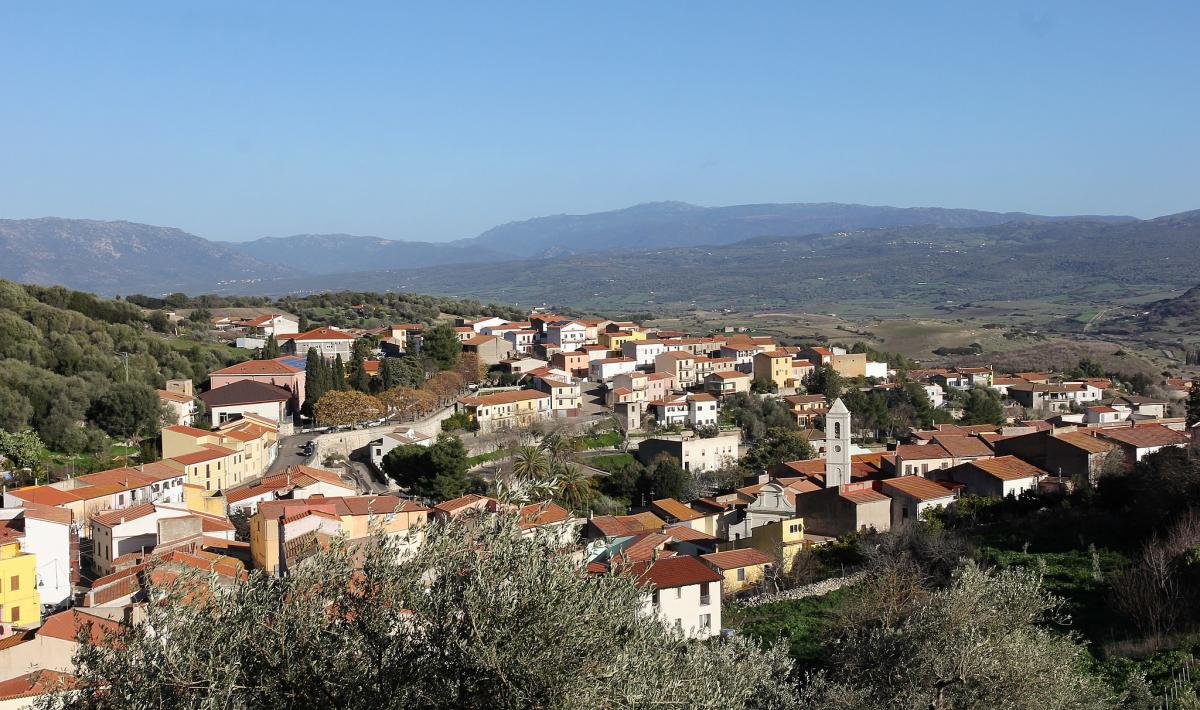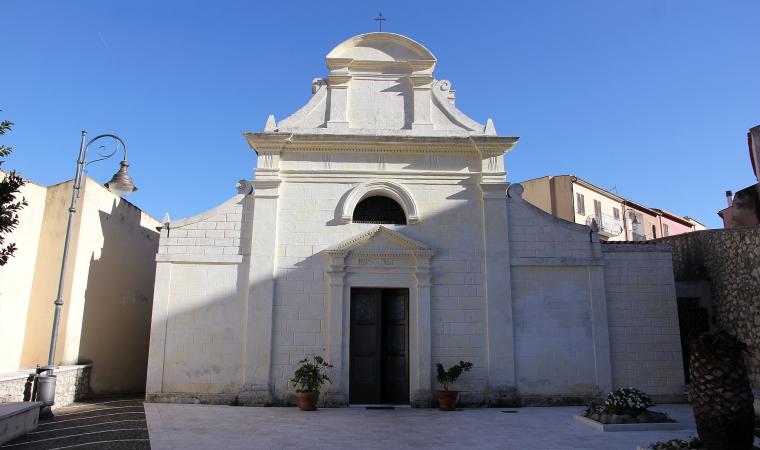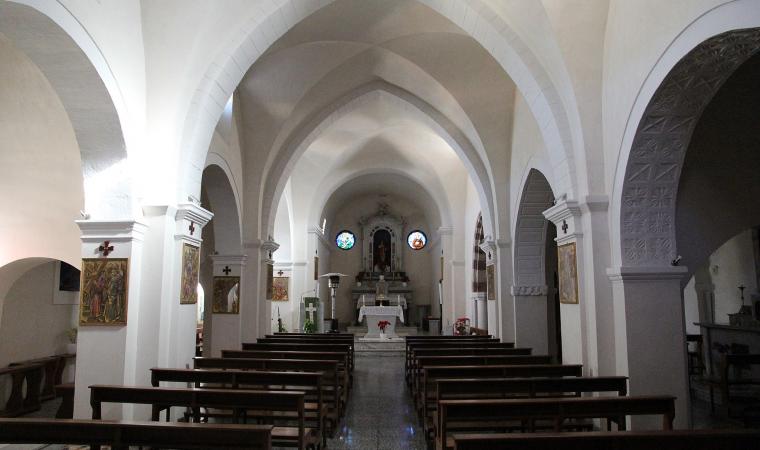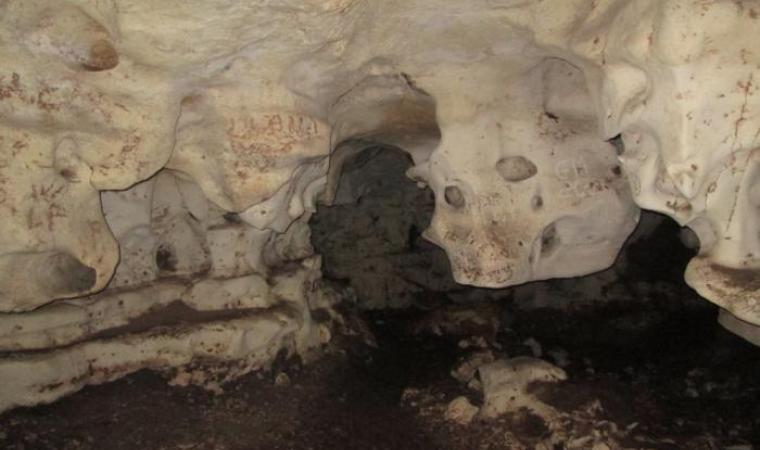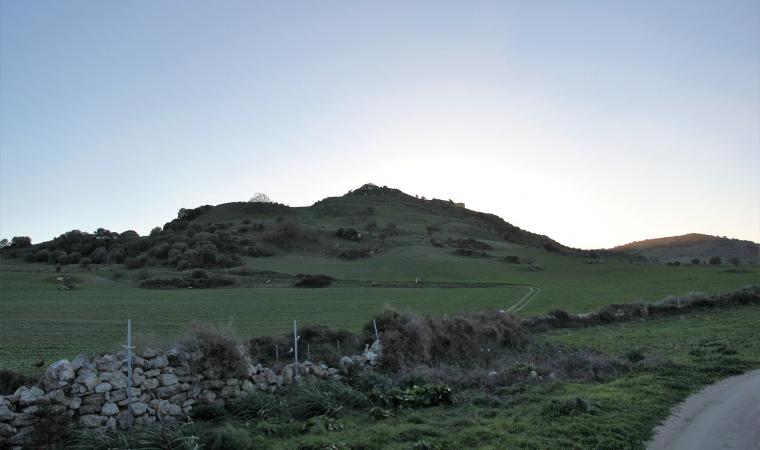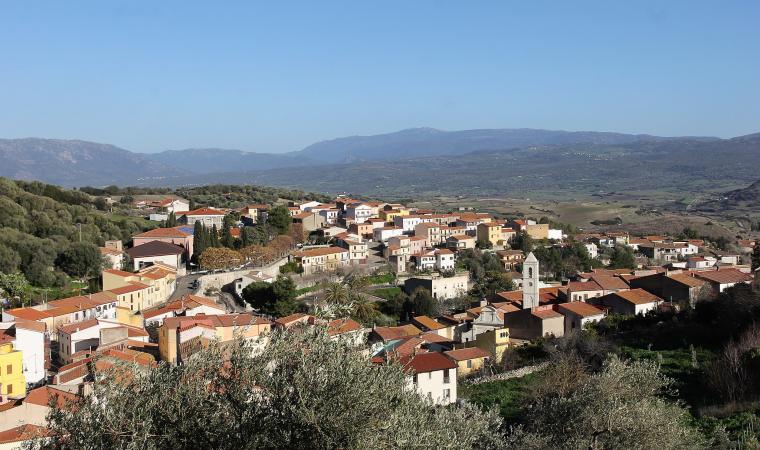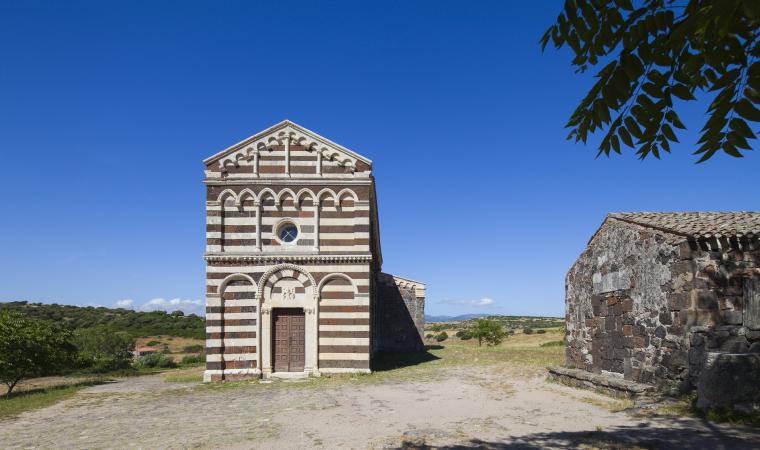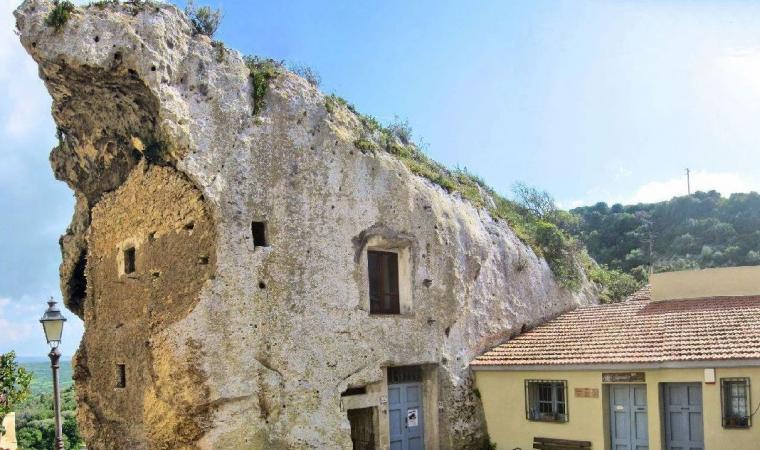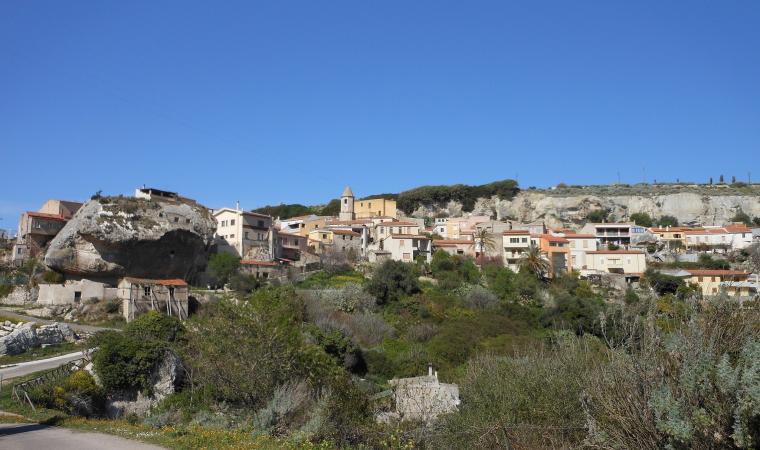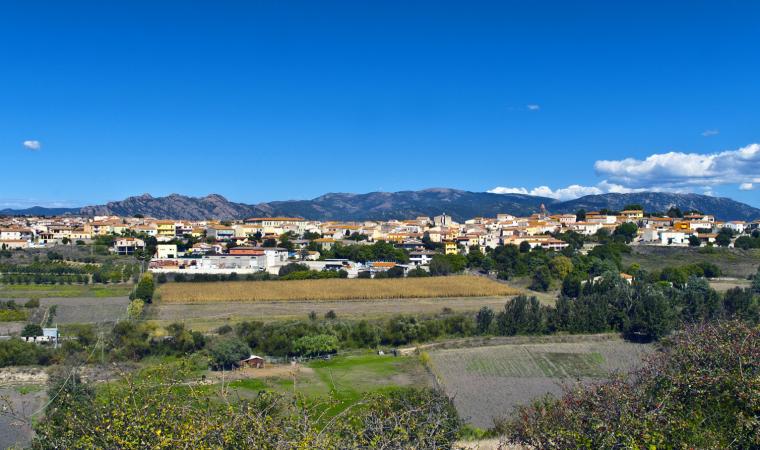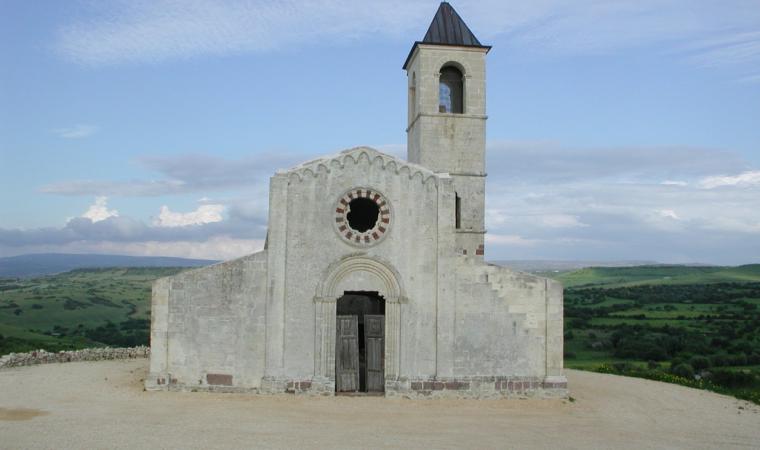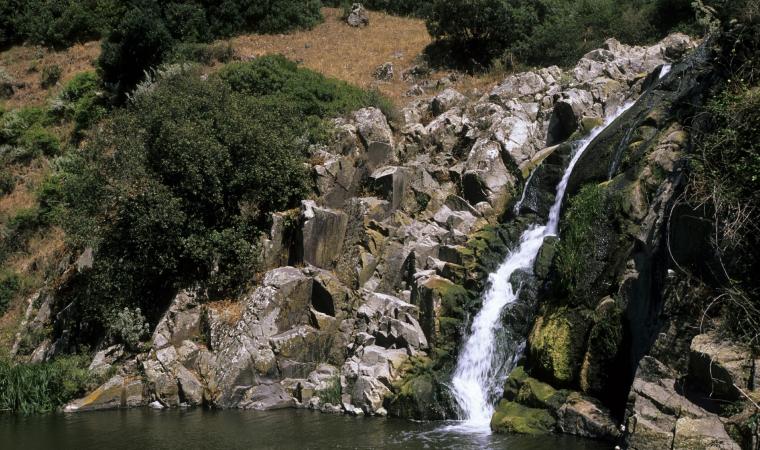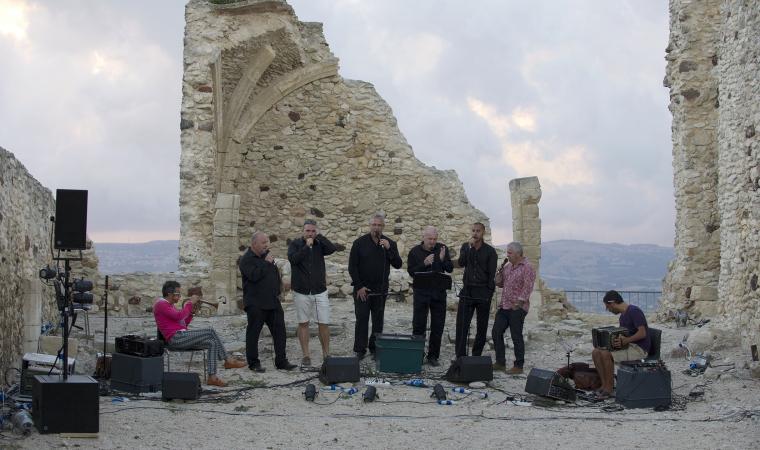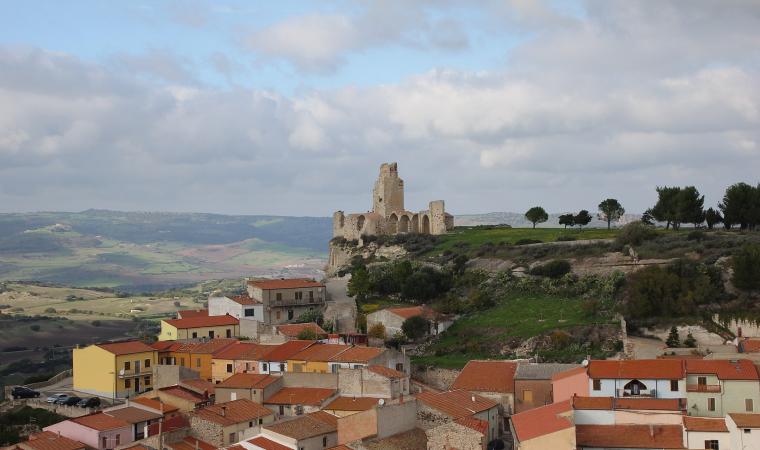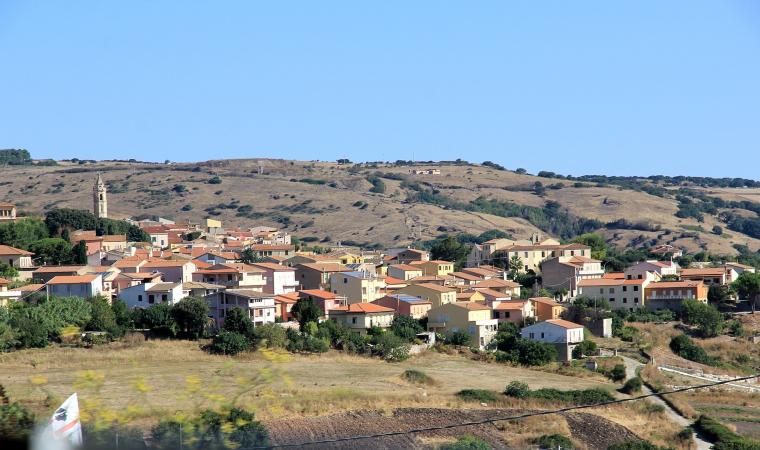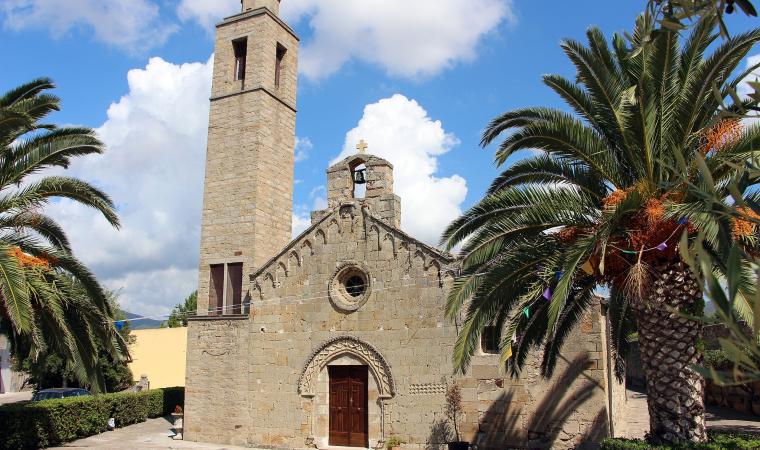Laerru arises in the heart of the Anglona historical region, on the slope of a hill detached from the southern edge of the Tanca Manna plateau. Laerru is a village of less than 1,000 inhabitants in the province of Sassari, having very ancient origins. The name perhaps derives from the Latin alaternus, an evergreen shrub typical of the area. It was once called Laerro, which belonged to the Giudicato of Torres until 1272, before then passing to the influence of the Doria family. After the Catalan-Aragonese conquest, the fortunes of the town were connected to the Oliva family until 1843. A number of 19th-century buildings have been preserved within its historic appearance. The most important building is the parish church of Santa Margherita, constructed in the 16th century in late-Gothic style and later modified. To be admired today are the two Gothic-Aragonese chapels. The patron saint is celebrated in July. Another monument is the oratory of the Rosary, built in the 17th century in Baroque style. The economy is mainly agricultural-pastoral, with the cultivation of grains, fruit trees and vines together with sheep and cattle breeding. During the feast of San Giovanni, at the end of June, there is a banquet based on boiled sheep. Local handicrafts are renowned. What distinguishes this town is the ‘radica sarda’ (root) with which pipes of great value are produced, famous all over the world.

